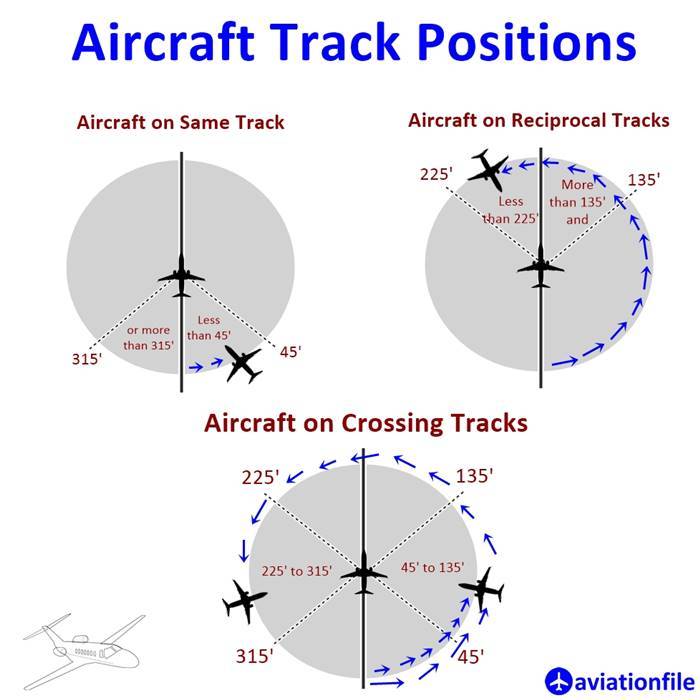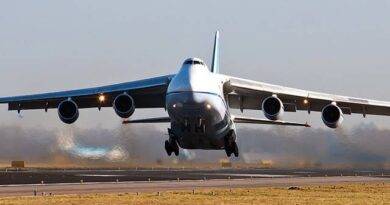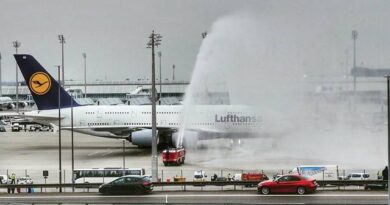Same – Reciprocal – Crossing Tracks
Hello, airplanes usually fly safely in the air without conflicting with each other. The fact that the planes fly with each other according to certain separation criteria allows us, the passengers, to go from one place to another safely and quickly. There are many underlying rules and definitions when applying these separation criteria. In this article, we will examine some terms used to describe the positions and tracks of planes relative to each other in the horizontal plane. Let’s look at the concepts of Same, reciprocal, and crossing tracks together.
Same track: Same direction or crossing tracks (or a portion thereof) with an angle of less than 45 degrees on each side of the track. In other words less than 45 degrees or more than 315 degrees.
Reciprocal track: Tracks in the opposite direction or crossing tracks (or a portion thereof) exceeding 135 degrees on either side of the track. In other words more than 135 degrees and less than 225 degrees.
Crossing track: Tracks crossing each other with an angle exceeding 45 degrees on either side of the track and less than 135 degrees on either side of the track. In summary, any situation other than ‘same track’ and ‘reciprocal track’.

Operational Significance of Track Definitions
Understanding the distinctions between same, reciprocal, and crossing tracks is essential for ensuring safe and efficient air traffic control operations. These definitions directly influence how controllers apply separation standards. For example, aircraft flying on reciprocal tracks—those with an angular difference of 135° to 225°—are at higher risk of head-on conflicts and therefore require increased vertical or longitudinal separation, especially in procedural environments like oceanic airspace. Similarly, crossing tracks necessitates precise timing and altitude assignments to avoid convergence at the point of intersection. By categorizing aircraft based on their track angles, controllers can implement appropriate separation minima and anticipate potential conflicts, maintaining safe distances even in non-radar or high-density environments.
Real-World Applications of Track Definitions
Track definitions—same, reciprocal, and crossing—are crucial in real-world aviation operations, particularly in regions lacking radar coverage, such as the North Atlantic. In these areas, controllers rely on procedural separation to maintain safe distances between aircraft. For instance, in the North Atlantic Organized Track System (NAT-OTS), aircraft are assigned specific tracks daily to manage traffic flow efficiently . Determining whether aircraft are on same, reciprocal, or crossing tracks informs the required longitudinal or vertical separation minima . Modern communication systems like Controller–Pilot Data Link Communications (CPDLC) and Automatic Dependent Surveillance–Contract (ADS-C) enhance these operations by enabling automatic position reporting and digital communication between pilots and controllers, thereby improving situational awareness and safety


